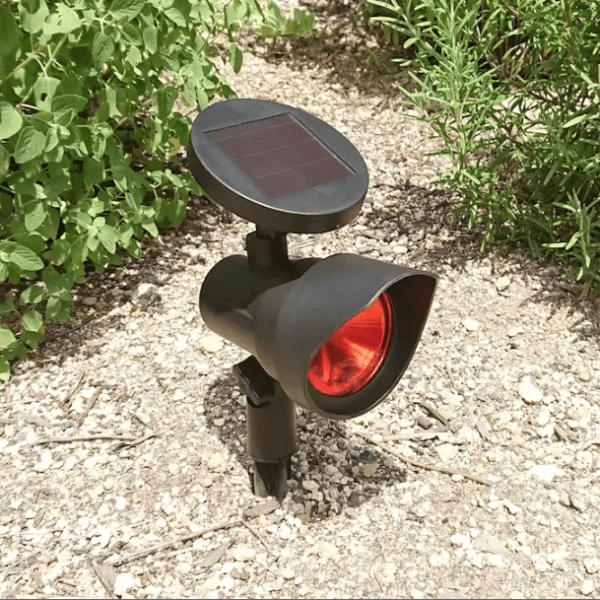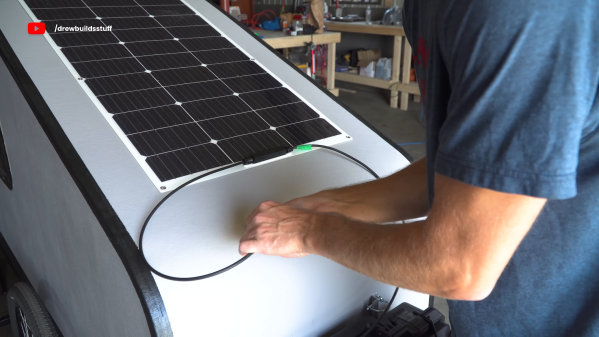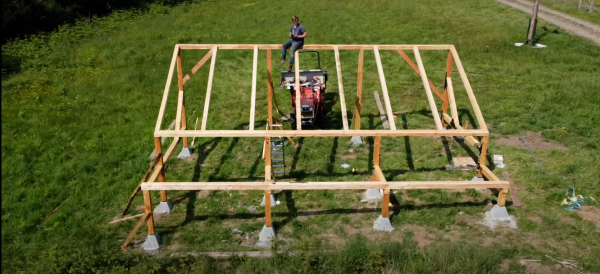There doesn’t have to be much more to setting up a simple solar panel installation than connecting the panel to a battery. Of course we would at least recommend the use of a battery management system or charge controller to avoid damaging the battery, although in a pinch it’s not always strictly necessary. But these simple systems leave a lot on the table, and most people with any sizable amount of solar panels tend to use a maximum power point tracking (MPPT) system to increase the yield of the panels. For a really tiny installation like [Salvatore] has, you’ll want to take a look at a similar system known as a solar energy harvester.
[Salvatore] is planning to use an energy harvester at his small weather station, which is currently powered by an LDO regulator and a small solar cell. While this is fairly energy efficient, the energy harvesters that he is testing with this build will go far beyond what an LDO is capable of. The circuit actually has two energy harvesters built onto it which allows him to test the capabilities of both before he makes a decision for his weather station. Every amount of energy is critical when using the cell he has on hand, which easily fits in the palm of one’s hand.
The testing of this module isn’t complete yet, but he does have two working prototypes to test in future videos to see which one truly performs the best. For a project of this size, this is a great way to get around the problem of supplying a small amount of power to something remote. For a larger solar panel installation, you’ll definitely want to build an MPPT system though.

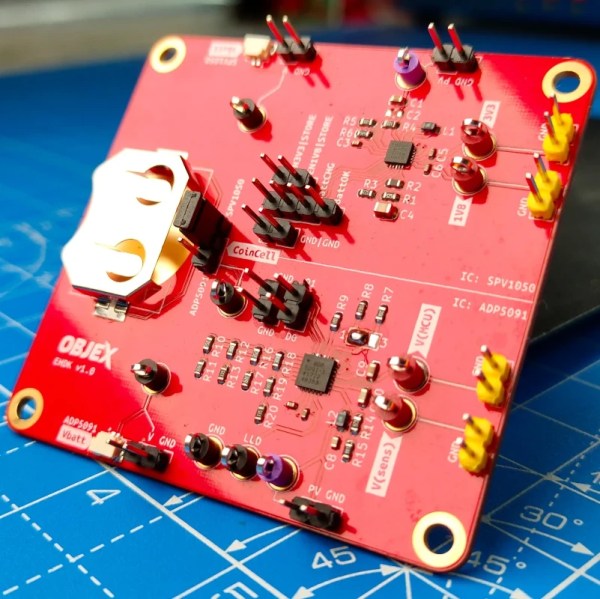
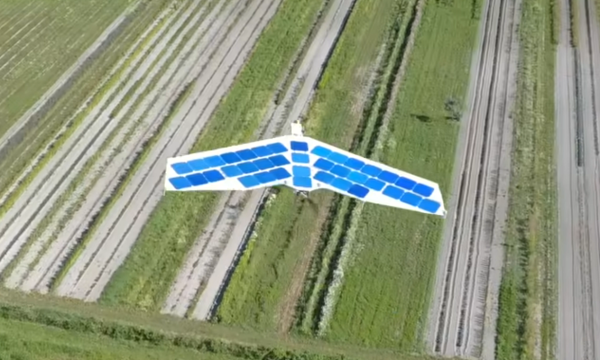
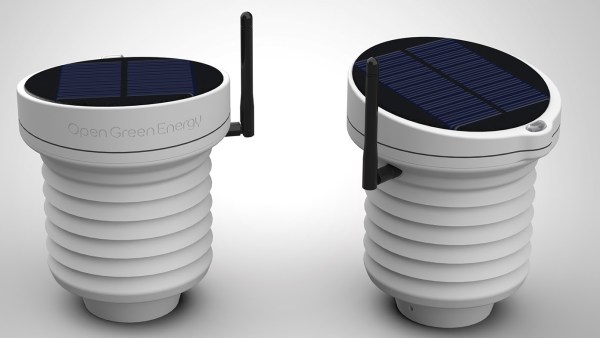
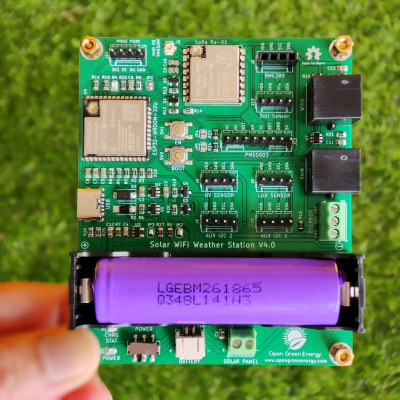 with simple 4-way I2C connectors. Temperature, humidity, and pressure are handled by a BME280 module, UV Index (SI1145), visible light (BH1750) even soil humidity and temperature with a cable-mounted SHT10 module.
with simple 4-way I2C connectors. Temperature, humidity, and pressure are handled by a BME280 module, UV Index (SI1145), visible light (BH1750) even soil humidity and temperature with a cable-mounted SHT10 module.

